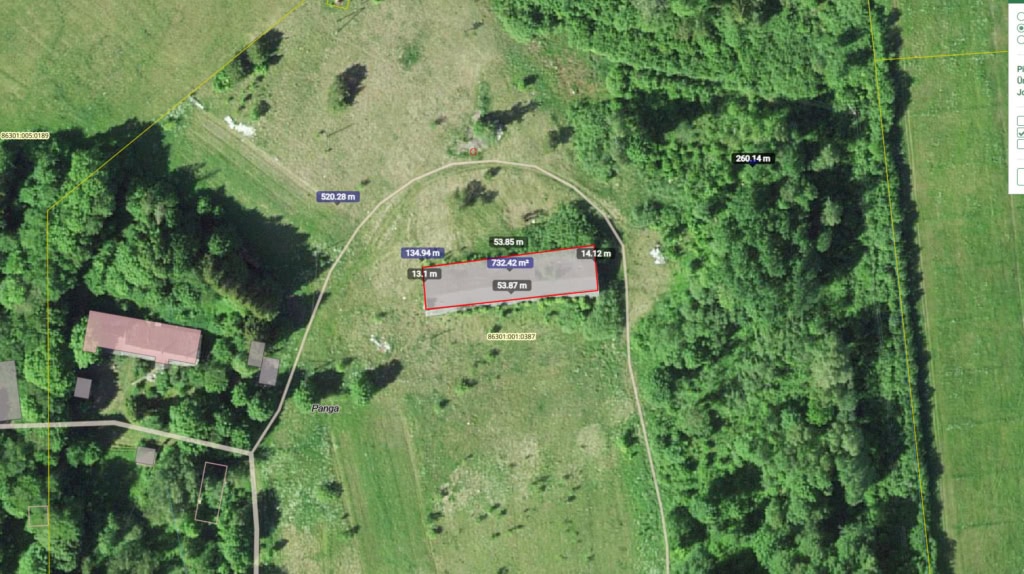Innovation Umbrella & Hub
We are building a unified Innovation Umbrella—a structured platform that brings together a growing portfolio of deep tech and impact-driven startups. Instead of operating as scattered ventures, we are consolidating our projects under one strategic framework to streamline funding, avoid duplication, and give investors clear visibility across sectors and outcomes.
Our goal is to launch breakthrough products, secure targeted funding (grants, equity, or public-private partnerships), and deliver measurable innovation impact.
We are currently collaborating with:
- 2 top technology universities in Estonia,
- 3 leading universities in Norway,
- 1 academic partner in Ukraine,
- And ongoing discussions with 2 German universities.
We are also in active negotiations with a municipality in Southern Estonia to establish a regional innovation center and startup hub—a launchpad for research, prototyping, and commercialization.
Private investors are already showing interest, and we are opening this opportunity to mission-aligned investors who seek:
- Diversified exposure across early-stage tech ventures,
- A structured and transparent investment vehicle,
- Direct access to university-backed R&D and innovation ecosystems.
This is more than just a startup incubator. It’s a pan-European innovation engine with a unified mission: turning ideas into scalable, fundable solutions—with academic rigor and commercial speed.
Let’s build the future together.
Technology is likely to evolve dramatically over the next 10 years, shaped by breakthroughs in artificial intelligence, biotechnology, computing, and sustainability. Key interest areas for next 10 years:
1. Artificial Intelligence
- AI agents will be deeply embedded in daily life: personalized digital assistants, autonomous vehicles, and expert systems for medicine, law, education, and design.
- AI-human collaboration will improve with natural interfaces—voice, gesture, and even brain-computer integration.
- Regulation and ethics will be a central focus as governments and institutions grapple with bias, misinformation, and job displacement.
2. Computing Power and Interfaces
- Quantum computing may deliver breakthroughs in cryptography, materials science, and complex simulations.
- Edge and neuromorphic computing will enable more powerful, efficient, and human-like processing on devices.
- Augmented/Virtual Reality (AR/VR) will become mainstream, especially in education, training, remote work, and entertainment, possibly through lightweight smart glasses.
3. Biotechnology and Health
- Personalized medicine will be routine, powered by AI and genomics, with treatments tailored to individual DNA and lifestyle.
- CRISPR and gene editing will continue to advance, potentially curing genetic disorders or enhancing resistance to disease.
- Brain-computer interfaces (BCIs) like Neuralink may offer new ways to treat neurological disorders and enhance cognition.
4. Energy and Environment
- Green technologies (solar, fusion, hydrogen) will become cheaper and more scalable, driving a shift away from fossil fuels.
- Smart grids and battery innovations will make energy storage more efficient, stabilizing renewable energy supplies.
- Carbon capture and geoengineering may play a role in addressing climate change—though controversial.
5. Transportation and Space
- Electric and autonomous vehicles will dominate roads in urban centers.
- Urban air mobility—including flying taxis and drones—may start limited commercial operations.
- Space tech will mature, with permanent human outposts on the Moon or in orbit, and Mars missions potentially underway.
6. Privacy, Security, and Society
- Decentralized technologies (like blockchain) may provide new frameworks for privacy, identity, and finance.
- Cybersecurity will evolve into a critical national priority as threats become more AI-driven and sophisticated.
- Work and education will be increasingly remote, flexible, and augmented by AI tutors or co-workers.













